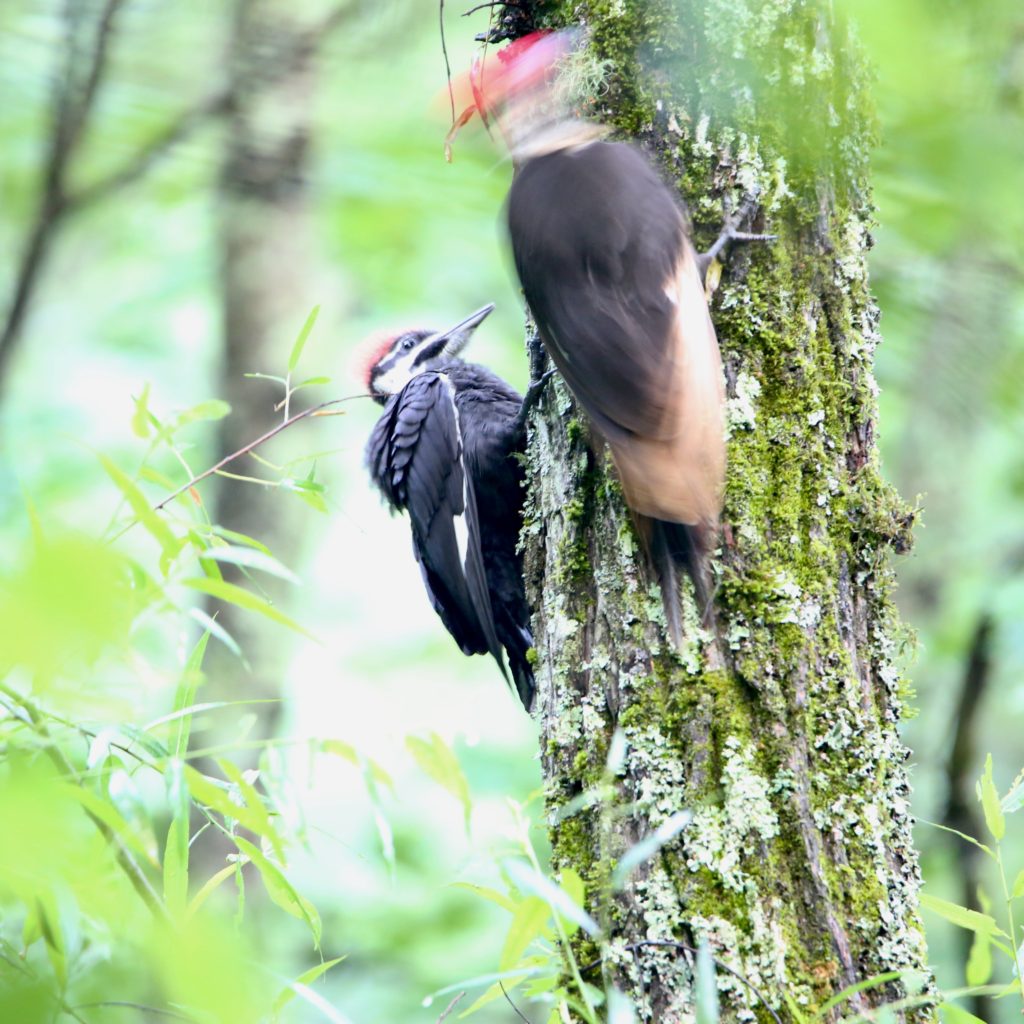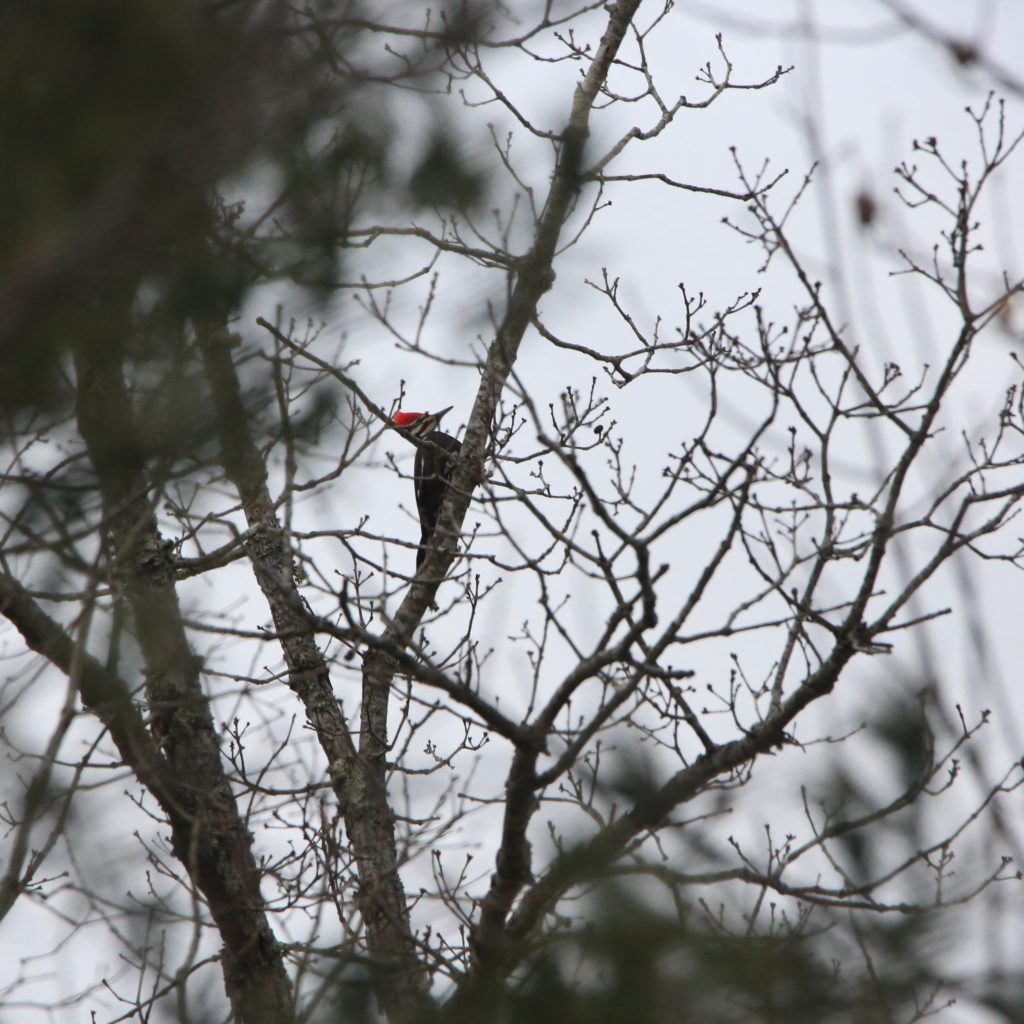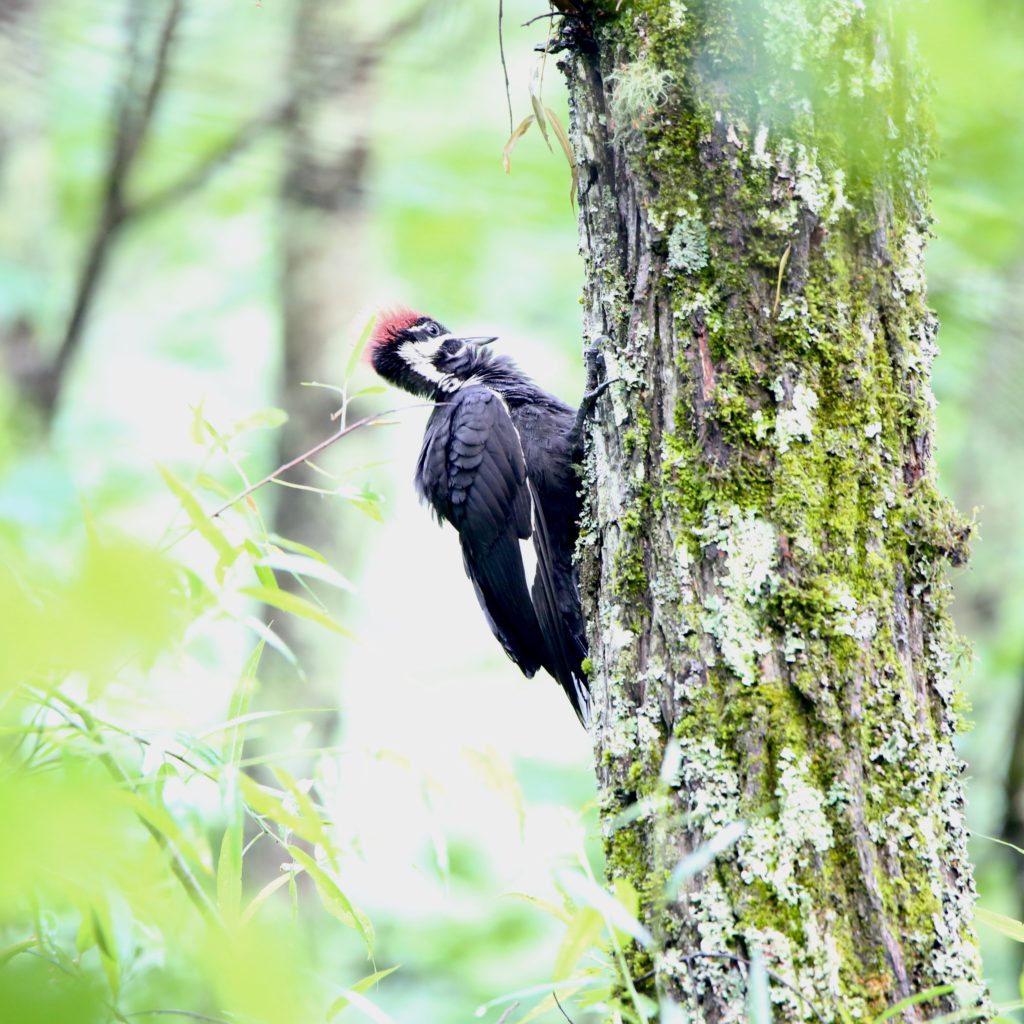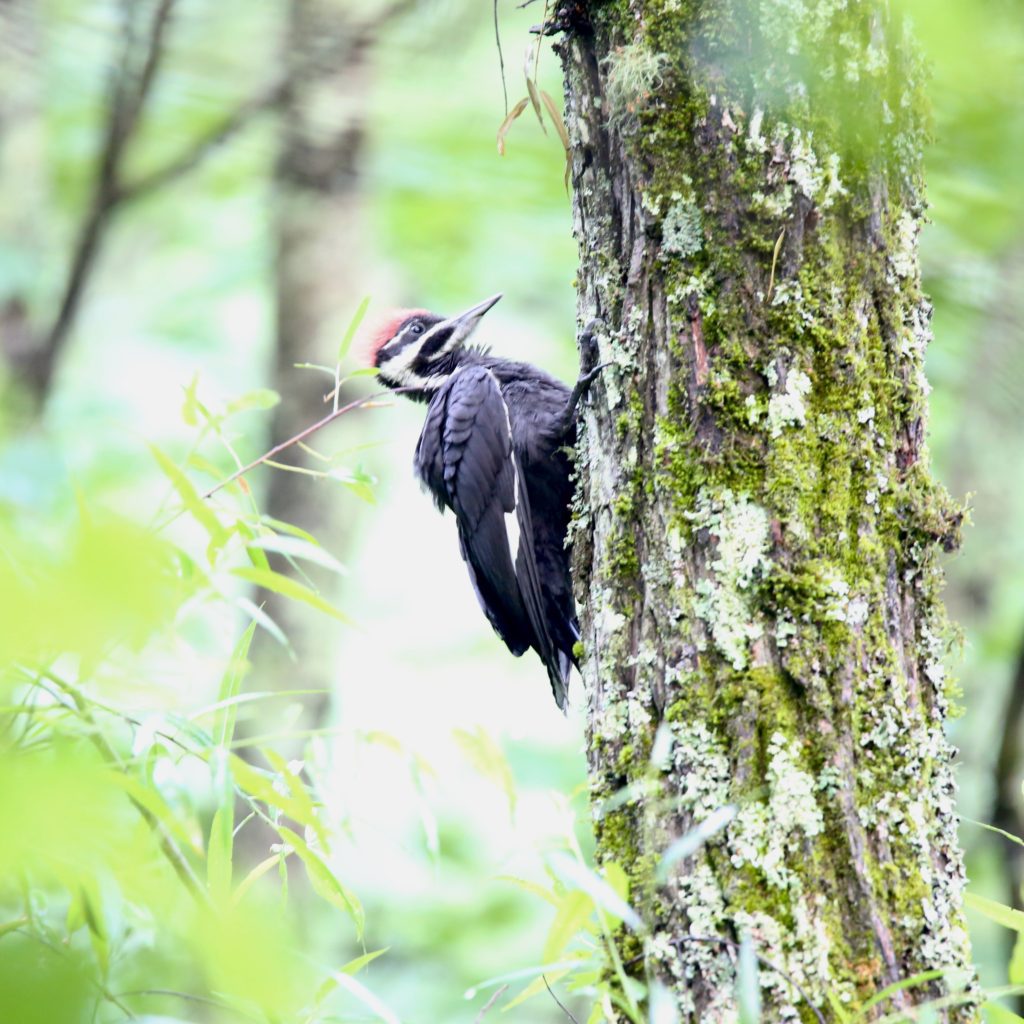
Bird Watching at North Cascades National Park
Share
The North Cascades National Park lies in the state of Washington, a few hours away from Seattle. Stretching across more than 500,000 acres, it is one of the three National Park Service units that form the North Cascades National Park Complex. The park is divided into two parts, a northern and southern section by the Skagit River while Lake Chelan flows on the southern border of the south section. Aside from the two national recreational areas (including the two
lakes), several national forests, and wilderness areas, the Canadian provincial parks in British Columbia come under the park’s protection. The topography is formed from rugged features highlighting the mountain peaks of the North Cascades Range, the largest glacial system in the contiguous United States, headwaters of many waterways, and expansive forested areas that offer a huge population of biodiversity in terms of plants and animals, larger than any other American National Park.
Major Attractions at North Cascades National Park
There are a ton of viewpoints, hiking trails, and attractions to visit inside North Cascades National Park. The North Cascades Highway or State Highway 20 is the only paved roadway that travels from the east-west along the Skagit River. This route is popular for the scenic views and several overlooks, short hikes, and lakes that lie on it. The Sterling Munro Trail is a 300-foot boardwalk trail that crosses the beautiful Picket Range. The Diablo Lake Vista Point is one of
the most famous overlooks in the park. The lake surface shines in an unusual milky green-blue color that comes from the melted glaciers. Gorge Lake Overlook gives an unrestricted view of the Skagit Gorge and the Gorge Dam, a hydroelectric dam inside North Cascades National Park.
GET KIDS BIRD WATCHING
Bird Watching at North Cascades National Park
More than 200 species of birds that fly through and use the park as a breeding ground can be found inside the North Cascades. The steep elevations and the waterways surrounded by densely forested areas make a diverse habitat that ranges from mountain meadows to low-elevation forests, and wetlands.
About 50% of the birds that breed in the park are migratory like the Warbling Vireos, Swainson's Thrushes, Wilson's Warblers, and Western Tanagers. Concentrated populations of wintering Bald Eagles of continental United States can be seen near the Skagit River.
Other common bird species found inside North Cascades National Park include both the Golden Eagle and the Bald Eagle. Along with the Spotted Owl, Harlequin Duck, Clark's Nutcracker, and Trumpeter Swan. The Western Tanager, Cassin's Vireo, Pine Grosbeak, and Pileated Woodpecker. There are primarily ground-dwelling birds such as the Sooty Grouse can be seen occasionally in certain seasons. The Peregrine Falcon is the only bird federally listed as an endangered species that is found in the park whereas the Marbled Murrelet and Spotted Owl are listed as threatened.
10 Birds to See at Big Bend National Park
Bald Eagle
Bald Eagles are dark brown, and their heads are covered in white feathers. You can find these birds throughout North America. They were once endangered; however, now they are flourishing because they are protected. They make their homes near rivers, large lakes, and coasts. Bald Eagles are the national bird of the United States. They usually soar through the sky alone. They lay 1 to 3 eggs and both parents feed and care for the young. As winter comes, they gather in groups sometimes known as “soars” and migrate south.
Pileated Woodpecker
Pileated Woodpeckers are a beautiful black color with white stripes down their neck and a bright red crest. They live in the eastern region of North America. Their population is stable after a slight decrease prior to 1900. Pileated Woodpeckers like to drum on old logs or near the base of a tree. They like to dig rectangular holes in trees while trying to find ants to eat. They lay 3 to 5 eggs and make their nests in dead trees or utility poles. Pileated Woodpeckers are permanent residents.
Barn Swallow
Barn Swallows have vibrant blue and brown colors. They live throughout North America. Barn Swallows are abundant birds and are not endangered. They make their habitat in open fields, near water. They fly low just a few inches above the ground or water searching for flying insects to eat. Barn Swallows are the most common Swallow species in the world. They build their nests under eaves of buildings, in cliffs, or on bridges. They lay 4 to 5 eggs. Barn Swallows migrate south in flocks in mid-August.
Black-capped Chickadee
Black-capped Chickadees are gray and white with a black cap. You can find these birds throughout North America. They are a common bird with an increasing population. Black-capped Chickadees live in shade trees and groves. They are easy to attract backyard feeders because they like seeds. They also like insects and berries. Black-capped Chickadees lay 6 to 8 eggs in holes they make in trees. They are not migratory birds; however, some groups go south in the fall.

Calliope Hummingbird
Calliope Hummingbirds are small green birds with a white chest and a beautiful purple throat. They live in the northwestern mountains of North America. They are common and are not at risk of bec














































































